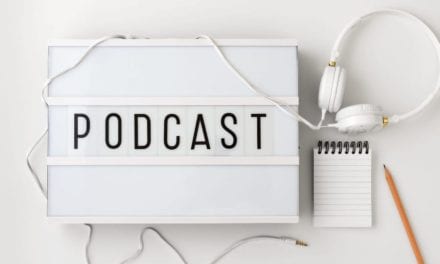A clue to a new way to protect the brains of patients who experience an ischemic stroke may be found in hibernating ground squirrels, according to research from a team of NIH-funded scientists.
During hibernation, squirrels experienced dramatically reduced blood flow in their brains. The same thing happens to human patients after a certain type of stroke
The squirrels’ brains suffer no ill effects from the reduced blood flow after they emerge from hibernation. With that in mind, the NIH-funded scientists have identified a potential drug that they suggest could offer the same resilience to the brains of ischemic stroke patients by mimicking the cellular changes that protect the brains of those animals. The study was published in The FASEB Journal, the official journal of the Foundation of American Societies for Experimental Biology.
“For decades scientists have been searching for an effective brain-protecting stroke therapy to no avail. If the compound identified in this study successfully reduces tissue death and improves recovery in further experiments, it could lead to new approaches for preserving brain cells after an ischemic stroke,” says Francesca Bosetti, PhD, PharmD, program director at the NIH’s National Institute of Neurological Disorders and Stroke (NINDS), in a media release from the National Institutes of Health.
Recently, researchers led by John Hallenbeck, MD, an NINDS senior investigator and co-senior author of the study, found that a cellular process called SUMOylation goes into overdrive in a certain species of ground squirrel during hibernation. Hallenbeck suspected this was how the animals’ brains survived the reduced blood flow caused by hibernation, and subsequent experiments in cells and mice confirmed his suspicions.
“If we could only turn on the process hibernators appear to use to protect their brains, we could help protect the brain during a stroke and ultimately help people recover,” states Joshua Bernstock, a graduate student in Hallenbeck’s lab and the study’s first author.
The researchers first used an automated process to examine whether the compounds prevented SENP2 from severing the connection between a tiny metal bead and an artificial SUMO protein created in the lab of Wei Yang, PhD, the study’s other senior author and an associate professor at Duke University in Durham, NC.
This system, along with computer modeling and further tests performed both in and outside of cells, whittled the thousands of candidate molecules down to eight that could bind to SENP2 in cells and were non-toxic. Two of those—ebselen and 6-thioguanine—were then found to both boost SUMOylation in rat cells and keep them alive in the absence of oxygen and glucose, the release explains.
A final experiment showed that ebselen boosted SUMOylation in the brains of healthy mice more than a control injection. 6-thioguanine was not tested because it is a chemotherapy drug with side effects that make it unsuitable as a potential stroke treatment. The researchers now plan to test whether ebselen can protect the brains of animal models of stroke.
Because SUMOylation affects a variety of molecules, Bernstock believes his group’s approach could inspire similar attempts to treat neurological conditions by targeting pathways with wide-ranging effects. He also hopes it will prompt others to look to natural models, as he and Hallenbeck did with the ground squirrel.
“As a physician-scientist, I really like to work on projects that have clear relevance for patients,” Bernstock says in the release. “I always want outcomes that can lend themselves to new therapeutics for people who are in need.”
[Source: National Institutes of Health]





